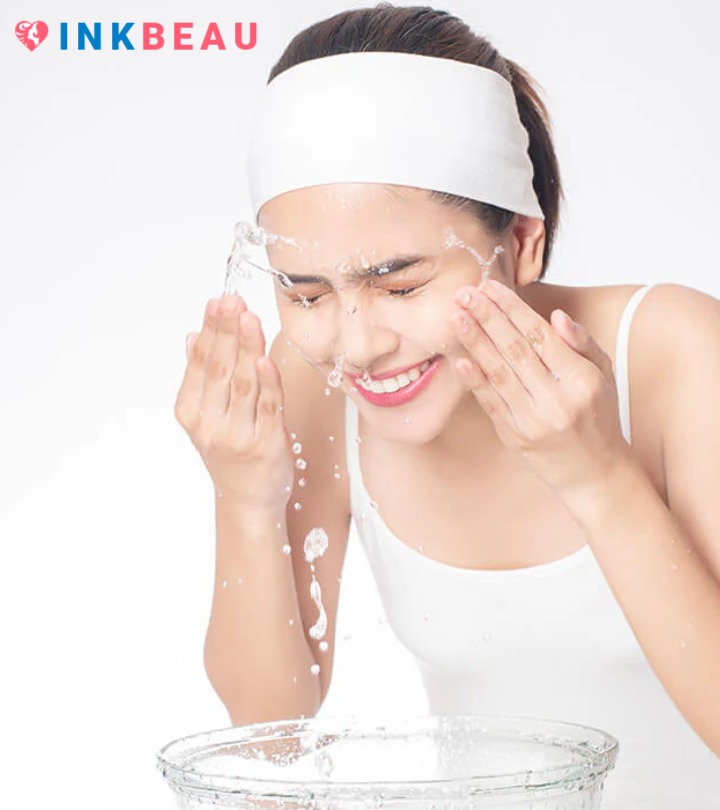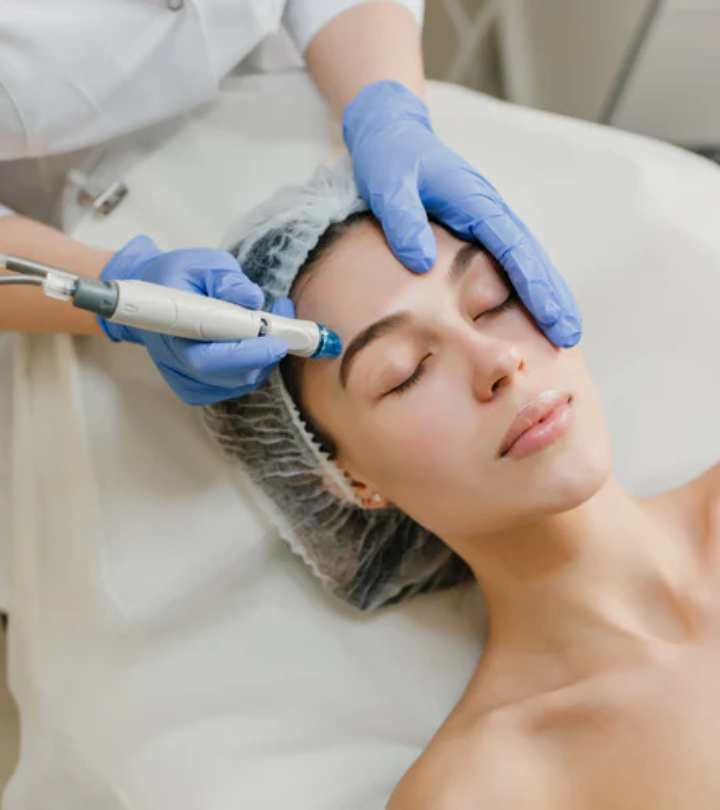While the American Dental Association (ADA) deems peroxide safe for whitening teeth, you have options that don’t require this chemical compound. Why choose a peroxide-free alternative? Two common side-effects (teeth sensitivity and gingival irritation) of using peroxide-based teeth whiteners have many looking for natural, yet effective methods.
Table of Contents
Peroxide-Based Teeth Whitening Side Effects
Although teeth whiteners containing hydrogen peroxide or carbamide peroxide are safe, you may want to go with a peroxide-free brightening product to avoid increased teeth sensitivity and gingival irritation, the two negative side effects of peroxide-based products.
Teeth Sensitivity
High concentrations of peroxide in teeth-whitening products can lead to teeth sensitivity, albeit temporary. One such product consumers report this problem with is teeth-whitening trays that require you to wear them for a number of hours or during sleep. Research by the ADA revealed about two-thirds of teeth-whitening tray users report some sensitivity during early use.
Gingival Irritation
Gingiva is the medical term for the gums in your mouth. Gingival irritation, also known as gingivitis, is anything that aggravates the gums, like inflammation, swelling, redness, and itching. Some people find peroxide-based teeth-whitening products bother their gums.
How To Brighten Your Smile Without Peroxide Bleach
Below are three ways you can whiten your teeth without carbamide peroxide or hydrogen peroxide. However, before you start using any teeth-whitening product visit your dentist to ensure you don’t have cavities, gingivitis, or underlying health issues.
1. Prevention
You might be unaware of the fact that mouthwash can also play a major role in dimming the appearance of your shiny whites. This is why leading dentists are now recommending gluten free mouthwash that ensure that you are not mistakenly staining your teeth while engaging in dental hygiene. Such a small step can go a long way in improving your overall goodness of your mouth as well as your teeth.
2. Baking soda
Studies show baking-soda based teeth dentifrices, a paste or powder, such as toothpaste, are more effective at whitening teeth than products that don’t contain baking soda, according to the ADA.
If you’ve ever tasted baking soda by itself you know it is very tasty. Another study cited by the ADA indicates flavor is important to consumers when selecting a dentifrice.
Although baking soda isn’t as effective as peroxide-based toothpaste or whitening products, it is a safe, natural alternative that can help remove stains from teeth and brighten your teeth color a shade or two.
3. Mineral-based dentifrices
Some high-quality toothpaste and teeth-whitening gels offer ways to whiten teeth, and protect, and remineralize tooth enamel, peroxide-free. To remove stains from teeth these types of products use natural mineral crystals and whitening agents.
With regular, continuous use, mineral-based dentifrices can lighten teeth up to ten shades. Unlike teeth-whitening trays that require hours for treatment, teeth-whitening gels only take several minutes, before you rinse off.
Speculative ‘Natural’ Teeth Whiteners
If you’ve searched the internet for natural teeth whiteners you’ve come across a host of teeth-whitening products and home remedies that don’t include baking soda. People apply fruit slices directly on their teeth or use apple cider vinegar, oil pulling, or activated charcoal to whiten their teeth. Not only is there no scientific evidence to back up any of the claims, but some of these methods can also actually hurt your teeth by removing the enamel.
Don’t get caught up in the internet hype; instead stick to the peroxide-free methods discussed above: avoid teeth-staining foods and beverages, use a baking soda-based product, or use mineral-based teeth whitening gel or toothpaste.











